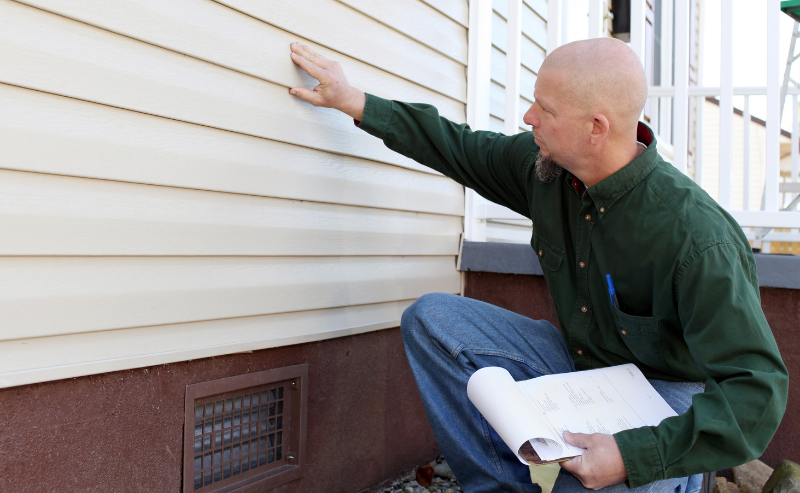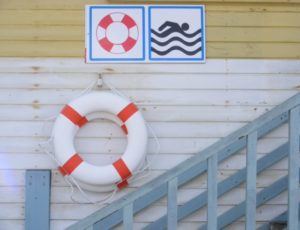Don’t wait until there’s a disaster to make home improvements. Inspecting your home regularly can prevent major problems and save you from expensive emergency repairs. When inspecting your home, use the seven tips below to spot potential problems.
1. Cracks in the Foundation
A crack in your home’s foundation is a sure sign of a potentially serious issue. It can mean there is water damage or that your house is not level. You may notice creaking doors and windows that don’t shut quite right. To check for foundation issues, walk around the outside of your home and look for cracks near the ground. Also make note of any areas where water is pooling or soil is missing, allowing water to enter your house.
2. Water Damage
Water damage isn’t only a problem around the foundation—you might see signs elsewhere. Stains on walls and ceilings are the most obvious. Warped wooden floors or an odor coming from carpeted floors are most likely caused by water damage. Water damage is the last thing a homeowner wants to deal with. Find the source of the water, like a leaky pipe, as soon as possible or call a plumber to pinpoint the issue.
RELATED: 8 Places that Water Affects Your Home
3. Plumbing Problems
Resolve minor problems quickly to prevent a plumbing disaster. Check water sources throughout your home frequently for leaks, damage, and odd noises. Fixing minor plumbing problems is usually fast and simple, but putting off the repairs can lead to serious problems and higher water bills.
4. Electrical Issues
A faulty electrical system is a dangerous problem in a home. A damaged electrical outlet can easily lead to a house fire. Check to make sure all light switches and outlets are working properly. Strange noises or smells could be coming from faulty electrical wiring.
5. Roof Repairs
Replacing a roof is no small job. It will quickly become a massive project with a large budget to match. Inspecting your roof for damage can you help catch problems early. This allows you to make small repairs, like replacing shingles or making patches, rather than being forced to replace the entire roof.
6. Check Smoke Detectors
It’s easy to overlook smoke detectors and put them at the bottom of your list of priorities. When inspecting your home, add this quick and simple task to your list to keep your family safe. It’s recommended that smoke detectors and carbon monoxide detectors be checked once a month and that the batteries be changed twice a year.
7. Take It Outside
It’s important to inspect your entire property. Things to look out for outside include pooling water, soggy ground, spots where soil has washed away, and cracks in the driveway or walkway. These can all be signs of water damage.
Home inspections aren’t just for those who are buying or selling a home. Taking time for inspecting your home throughout the year can help keep your place in good shape and prevent costly repairs in the future.




 PuroClean Restoration Specialists
PuroClean Restoration Specialists